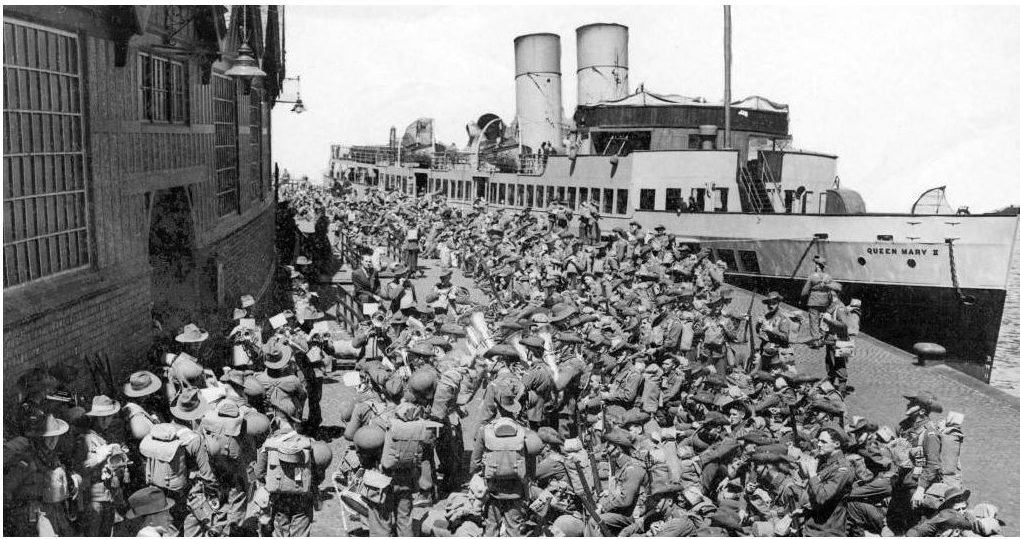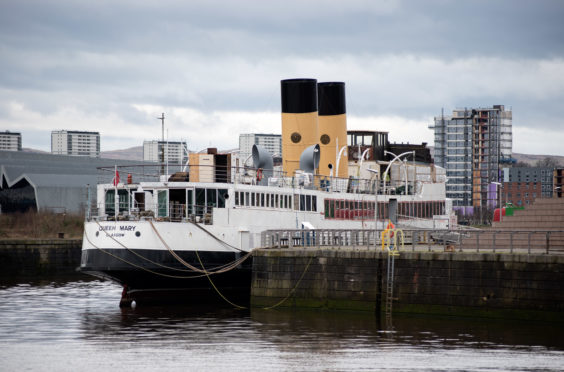
For many years, the Queen Mary took passengers ‘doon the watter’ from Glasgow on days out to Dunoon, Rothesay and beyond.
Now, she’s a blank canvas ready to be transformed into a vibrant new centre to both celebrate her heritage and prepare a new generation of seafarers.
Work to restore the world’s last remaining turbine steamer has been ongoing over the past two years since the Friends of the TS Queen Mary brought the ship back home to the Clyde.
In the past couple of weeks, the project has reached the stage where all the modifications made by previous owners have been removed, bringing her back to ground zero, ready to be fitted out for her new purpose.
“The last two years we’ve worked to empty the ship of all the fixtures that were put in in London, taking great care to ensure it was done carefully to make sure any of the original fixtures were preserved,” explains Friends of TS Queen Mary chairman Iain Sim.
“When we emptied the captain’s cabin, we found the original stained glass windows intact. We’ve removed almost seven layers of outfitting where the previous owners had put in layer upon layer.
“We’ve lifted 630 square metres of a concrete composite poured all over the deck which took a lot of time and we’ve had to hand-fabricate 54 brand new windows, all of the windows on the top deck had rotted and needed replaced. They had to be hand-made because we discovered that each window was a slightly different size!
“The ship is completely empty, it’s very much at what you’d call ground zero. Recently we had cadets from Caledonian MacBrayne on board removing the last of the rubble from the lower deck.
“We’re not far off the ship being back to what we set out to achieve two years ago – effectively a blank canvas with all the windows restored and the concrete lifted. The work for her new role can now begin.”
The aim, Iain says, is to create a “vibrant heritage centre” at her new permanent berth next to the Millenium Bridge at Glasgow Science Centre – fittingly the site of one of her last ever departures on the Clyde back in 1977.
And preparing the ship for her new life is not just an on-board project. Back on dry land, efforts to raise funds and secure work to make the Queen Mary shipshape again has been constant.
The trustees teamed up with students from Strathclyde Business School to work on a business plan for the operation, as well as the university’s civil engineering department to design the shoreside infrastructure.
Also involved have been cadets and apprentices from Glasgow City College and Caledonian MacBrayne, among others.
“It was really important that we engaged with the education sector now rather than when the ship opens,” Iain explains.
“We’ve been able to drive almost £350,000 of value into the £2m by working with higher education institutions. We realised that we needed to have a dynamic operating business plan, and we realised Strathclyde had the very best business students. We found that they wanted to help, it’s experiential learning, a real life business plan.
“The students took a lot from it and the estimated saving was around £25,000. We’ve had over 200 apprentices and cadets from Glasgow College and they’ve all taken away positive learning experiences and it’s enabled us to build links for the future.”
The project is very much about giving the ship a purpose beyond just being a floating museum. To that end, the training work will continue on board even when renovation has been completed.
“When the ship is reborn on the Clyde, it’s fitting that it should be young people who live and work there to be involved in the project,” Iain says. “That seems to me to be the very essence of renaissance and rejuvenation.
“We’re very proud of that and going forward the bar and restaurant will be training bars and restaurants for careers at sea. We’ll be helping the next generation of seafarer from the most famous seafaring country in the world.
“The Queen Mary is not just going to be harking back to the past, she’s going to be something that is used and enjoyed that will have a modern, relevant purpose.
“The ethos wasn’t just restore and reopen, but repurpose to find a role that she can play in 2019 and onwards.”
Funding dependant, work is anticipated to continue for a further 18 months before the ship reopens.
And Iain has hailed the ‘incredible’ support from around the world for the project, which includes 40 corporate sponsors wordwide.
“It’s heartening that even in post-austerity times where businesses could spend their money on other things, they actually do still want to support the restoration,” he said.
“It’s a really important piece of history not to be lost.”
Members of the public have dug deep to support the cause, with donors ranging in ages from seven to 87.
“We had a young boy who set about raising some money and went out onto the High St in Oban with a tin,” says Iain. “He presented us with a cheque for £500 which absolutely bowled me over!
“At the other end of the spectrum, a gentleman aged 87 wrote to me with a cheque for £10 saying he’d worked on the Queen Mary at Govan engraving docks many years ago and that this was all he could afford.
“You get that sort of donation and you can’t help be somewhat humbled. It gives you renewed strength to shake yourself down and talk to businesses – we can’t do this without them.
“Businesses if they can will be generous and that’s really impactful because if they deliver anything in kind it has the same effect as them giving cash. They’ve all bought into the rebirth of the Queen Mary.”
The cause has also been boosted by the addition of the Princess Royal as a patron.
And another famous face who has lent his support to the campaign is actor Robbie Coltrane, who visited the ship last month.
“Robbie came on board metaphorically very early on,” says Iain. “He quite often describes her as his baby and rightly as a pocket liner.
“He loved her when she was in service and went onto her when she was retired on the Thames, he took the likes of John Sessions and Dame Judi Dench on board.
“The Queen Mary had a glittering London career and Robbie maintained his interest.
“When we got in touch with him to see if he could help us bring her back, he got back to us within a day and said sign me up.
“He’s taken a huge interest and it’s helped to take the message about what we’re trying to achieve to an international audience.”
A ship steeped in history
Many Scots will have treasured memories of sails on the Queen Mary.
Built at the William Denny yard in Dumbarton for Williamson-Buchanan Steamers Ltd to operate from Glasgow, the turbine steamer was launched in March 1933 and entered service in May of that year.
She would usually sail to Dunoon, Rothesay and the Kyles of Bute.
She was renamed the Queen Mary II in 1935 to allow the Queen Mary liner to be registered with that name by Cunard, as no two ships on the register could have the same name.
Cunard had famously had gone to Buckingham Palace to see if they could name the ship after Britain’s most famous Queen – meaning Victoria. But the King at the time assumed they meant his wife Queen Mary so they had to rethink their plans!
The ship remained on the Clyde during the Second World War, painted grey for camouflage.
She even carried Eleanor Roosevelt during the Second World War and also took dignitaries from the shore to liners on behalf of the Government. Her speed and agility meant she could sail zig-zag to evade enemy attack.
Now on the UK list of core historic ships, the Queen Mary is a good example of the art deco design of the period.
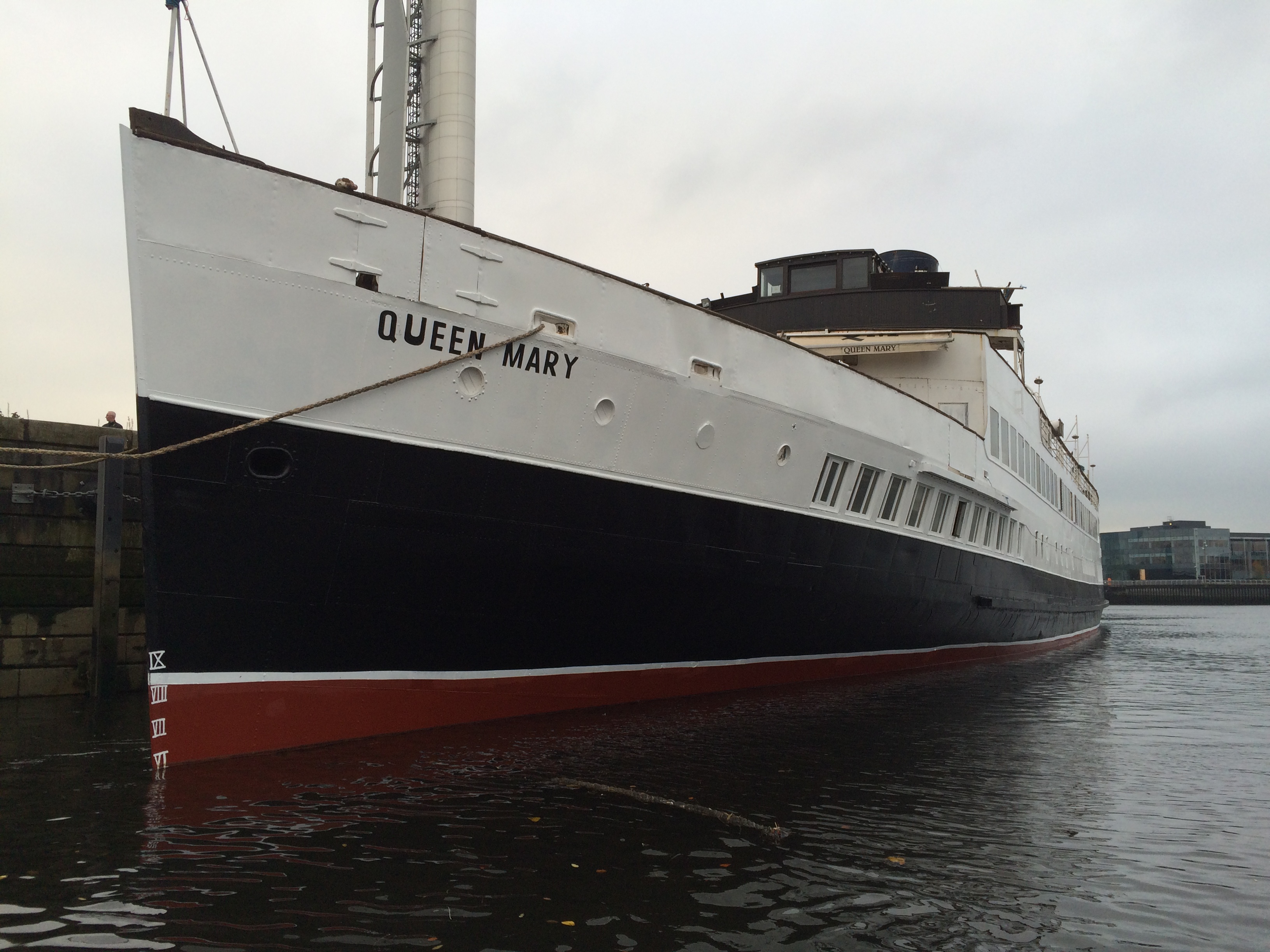
She sailed for Caledonian Steam Packet Company and later Caledonian MacBrayne for many years, eventually regaining her original name when her liner namesake was removed from the register.
Her last cruises on the Clyde took place in 1977 and after a spell laid up at Greenock and having changed hands several times, she was towed to London.
She was moored in various locations in the capital before being purchased and brought home by the Friends of TS Queen Mary.
“It’s a bit dispiriting, as often in life you don’t appreciate and protect what you’ve got until it’s the last of,” says Iain.
“Because of the twists and turns of fate the Queen Mary is the last of her kind anywhere in the world.
“The much more positive element is that having raised awareness of her being the last, there’s been an incredible response to help us save and restore her.”
When reopened, the ship will be outfitted as it was in 1933.

Enjoy the convenience of having The Sunday Post delivered as a digital ePaper straight to your smartphone, tablet or computer.
Subscribe for only £5.49 a month and enjoy all the benefits of the printed paper as a digital replica.
Subscribe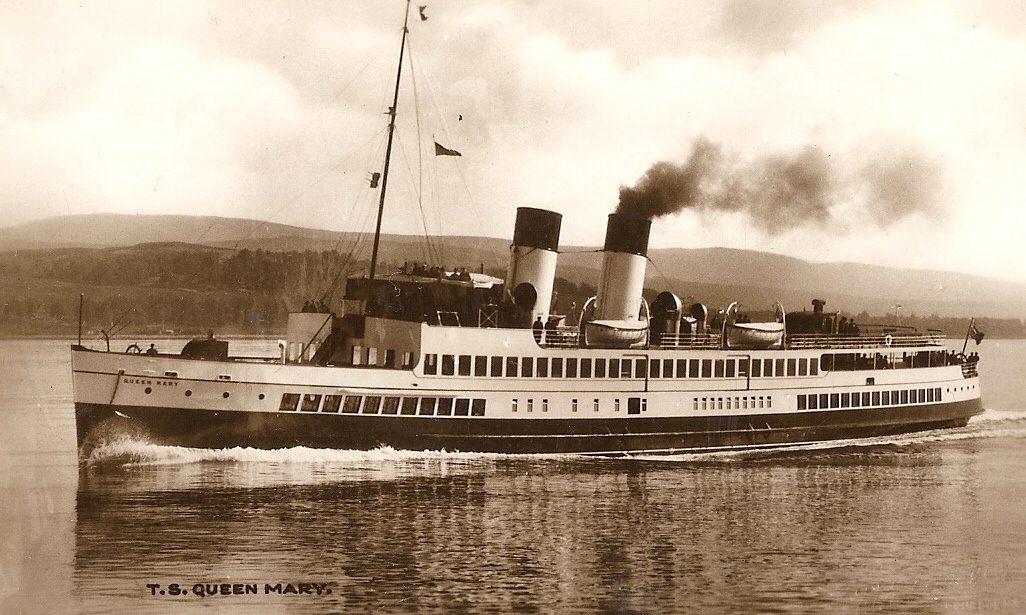

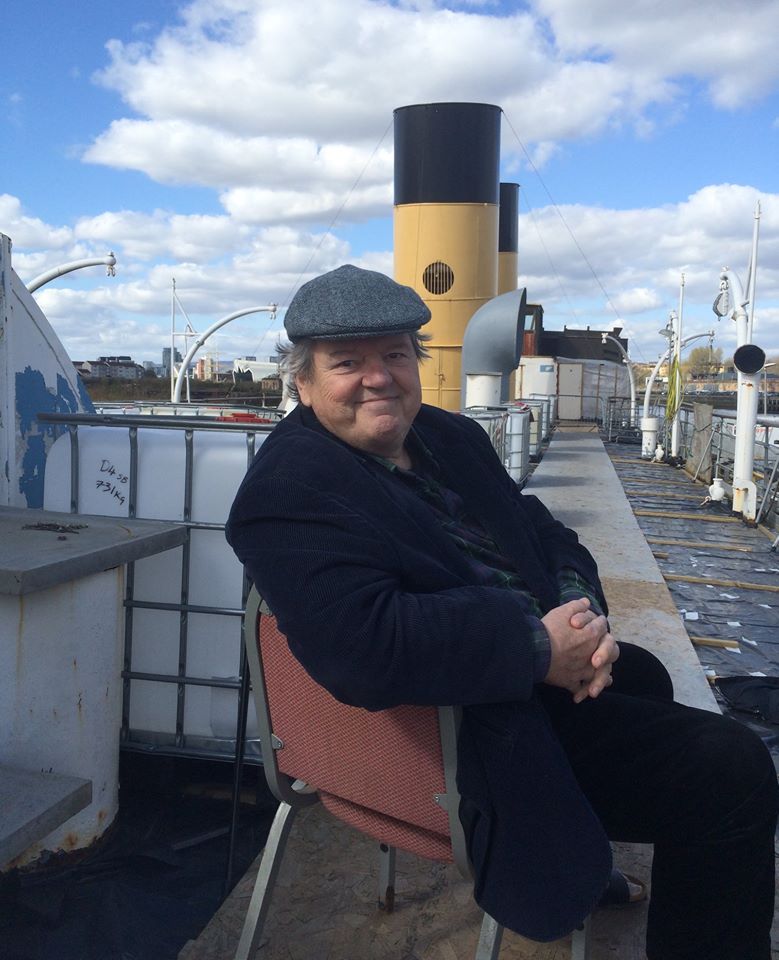 © Friends of TS Queen Mary / Facebook
© Friends of TS Queen Mary / Facebook